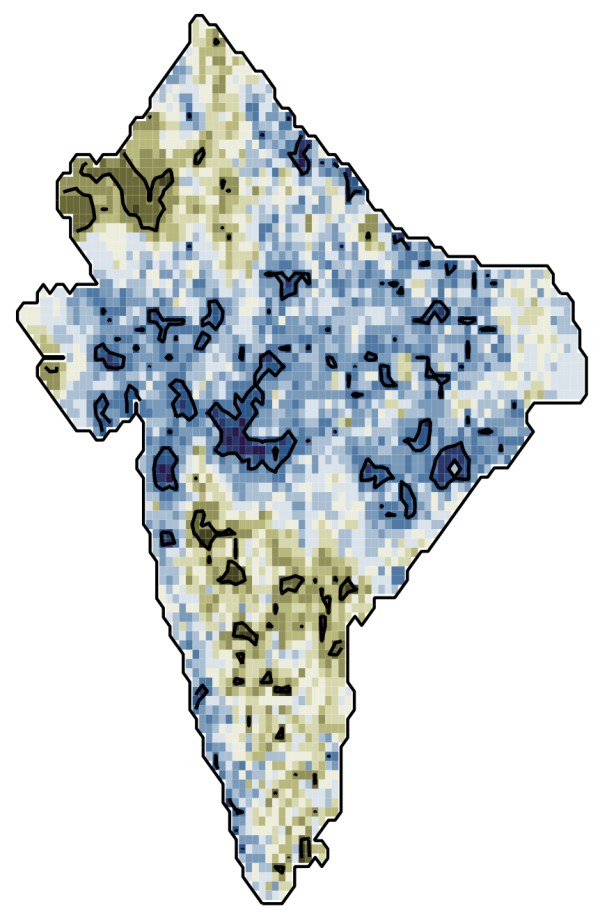Biomolecules, Vol. 15, Pages 1088: The Multifaceted Role of p53 in Cancer Molecular Biology: Insights for Precision Diagnosis and Therapeutic Breakthroughs
Biomolecules doi: 10.3390/biom15081088
Authors:
Bolong Xu
Ayitila Maimaitijiang
Dawuti Nuerbiyamu
Zhengding Su
Wenfang Li
The protein p53, often referred to as the “guardian of the genome,” is essential for preserving cellular balance and preventing cancerous transformations. As one of the most commonly altered genes in human cancers, its impaired function is associated with tumor initiation, development, and resistance to treatment. Exploring the diverse roles of p53, which include regulating the cell cycle, repairing DNA, inducing apoptosis, reprogramming metabolism, and modulating immunity, provides valuable insights into cancer mechanisms and potential treatments. This review integrates recent findings on p53′s dual nature, functioning as both a tumor suppressor and an oncogenic promoter, depending on the context. Wild-type p53 suppresses tumors by inducing cell cycle arrest or apoptosis in response to genotoxic stress, while mutated variants often lose these functions or gain novel pro-oncogenic activities. Emerging evidence highlights p53′s involvement in non-canonical pathways, such as regulating tumor microenvironment interactions, metabolic flexibility, and immune evasion mechanisms. For instance, p53 modulates immune checkpoint expression and influences the efficacy of immunotherapies, including PD-1/PD-L1 blockade. Furthermore, advancements in precision diagnostics, such as liquid biopsy-based detection of p53 mutations and AI-driven bioinformatics tools, enable early cancer identification and stratification of patients likely to benefit from targeted therapies. Therapeutic strategies targeting p53 pathways are rapidly evolving. Small molecules restoring wild-type p53 activity or disrupting mutant p53 interactions, such as APR-246 and MDM2 inhibitors, show promise in clinical trials. Combination approaches integrating gene editing with synthetic lethal strategies aim to exploit p53-dependent vulnerabilities. Additionally, leveraging p53′s immunomodulatory effects through vaccine development or adjuvants may enhance immunotherapy responses. In conclusion, deciphering p53′s complex biology underscores its unparalleled potential as a biomarker and therapeutic target. Integrating multi-omics analyses, functional genomic screens, and real-world clinical data will accelerate the translation of p53-focused research into precision oncology breakthroughs, ultimately improving patient outcomes.
Source link
Bolong Xu www.mdpi.com

